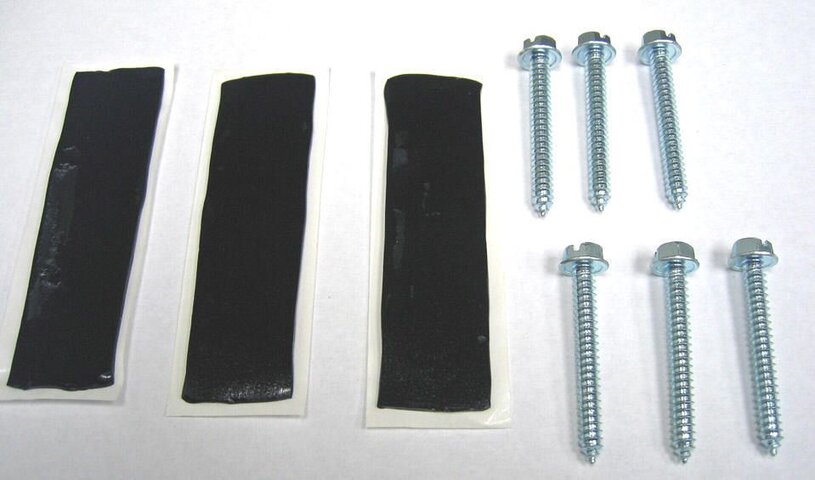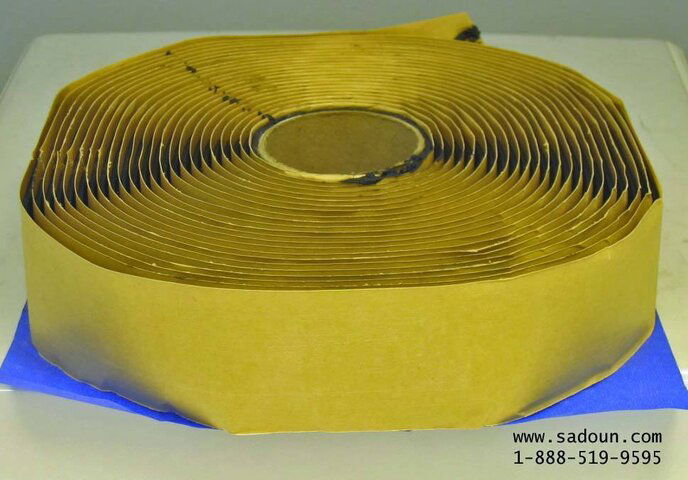I am looking at installing a Slimline 5 at my house, and about the best location I can find would be to mount it on the surface of the A frame roof (atop the shingles). My question is, what is the best technique to mount it and be sure that it won't create any leak point(s) where I install it? I figure I will have the roof mount and the two support stabilizing arms to actually penetrate the roof.
Also, should I use like carriage bolts and go into the attic the put bolts on the inside, or is wood screws sufficient?
Also, should I use like carriage bolts and go into the attic the put bolts on the inside, or is wood screws sufficient?





